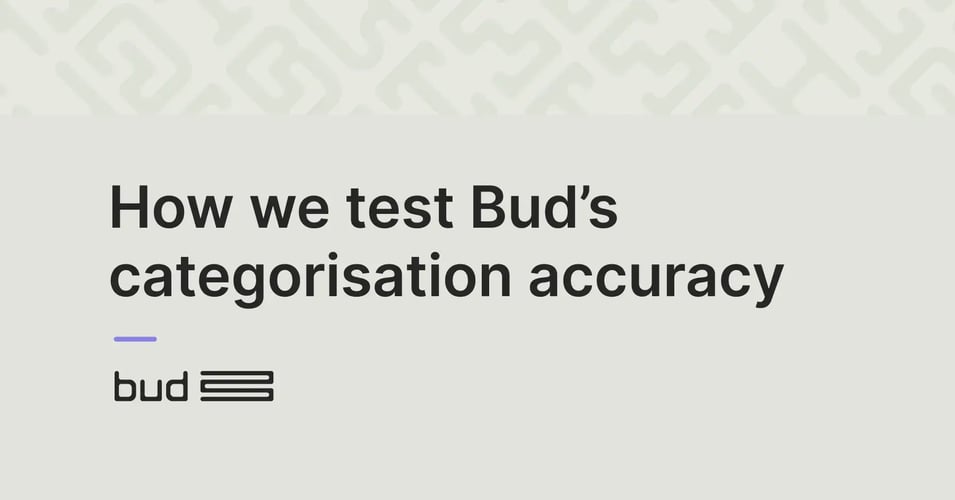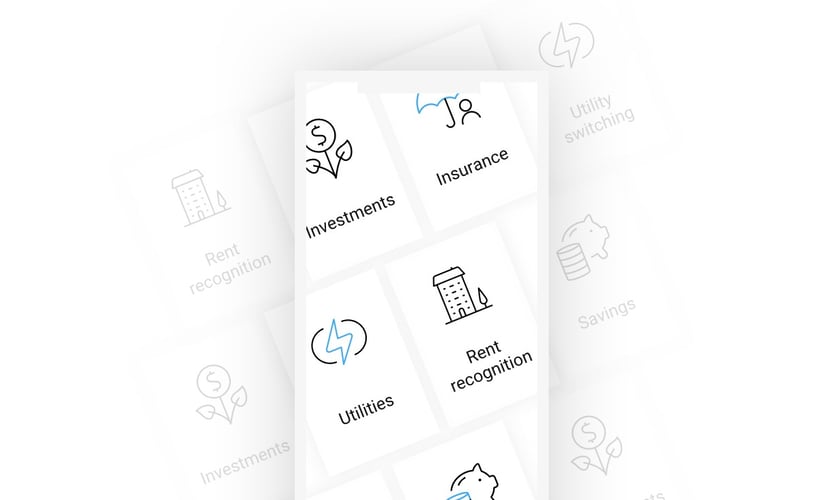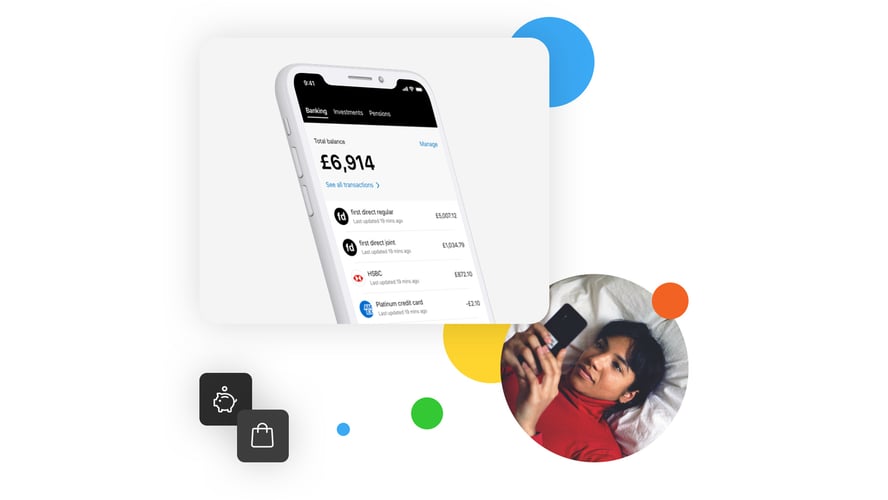Customer transactions are the most valuable pieces of information that financial institutions work with. Each transaction tells a story about the customer – from basic facts about finances to hobbies, habits, relationships and more.
Best-in-class data enrichment with Bud
Providing AI-powered transaction enrichment, Bud’s ability to consolidate, clean-up and contextualise transactional data is unparalleled. With detailed methodology and many years of experience, our core enrichment can outperform any competitor – from well-established fintechs to your own internal data departments.
In fact, it’s our robust and customisable foundation that allows us to provide top quality enrichment almost anywhere in the world, with very little adjustment needed.
But we don’t just expect you to take our word for it – we want to prove it. That’s why we encourage enrichment performance comparisons against our competitors whenever possible. Because being able to see how we deal with transactions is valuable, even in a non-competitive setting.
By checking whether the data you process has sufficient quality, understanding what output to expect and familiarising yourself with the process, you’re more likely to make more informed decisions and identify the right strategy.
Benchmarking tailored to your data
With complete control over our AI-powered models, we can transform your data into actionable insights using our robust enrichment engines. As long as we know the data format to expect, it’s a straightforward process. We run multiple benchmarking exercises every quarter and offer several different options tailored to your specific needs.
Preparing your data for benchmarking
If you’re interested in undertaking a benchmarking exercise, there’s a little preparation to do first.
In our experience, many financial institutions aren’t always able to generate effective synthetic data that resembles real-life transactions. That’s why we recommend working with real data for more accurate benchmarking. And to ensure the output is as informative as possible, we also encourage you to consider which fields would be available in real-world scenarios.
Anonymisation is key to data privacy and security but doing it ineffectively can lead to all sorts of benchmarking problems. While it’s common to run a simple script that strips your data of all figures, some of these numbers are actually meaningful information required for enrichment (e.g. store identifiers) and so it’s vital you consider this during the anonymisation process. We can help with more guidance on this.
Setting your benchmarking goals
Once you have the data ready, our recommendation is to define the goals you want to achieve and align with any third parties you’ll be testing against. Setting out to get high quality data enrichment is a great starting point, but you need to be clear on what success looks like for the feature or product you’re building or improving. What are the metrics that will indicate whether your project has been successful?
Transactional data enrichment can mean, and power, many things.
At Bud, we provide multi-layered categorisation as well as merchant and location identification. We can also provide additional insights, such as:
- balance insights
- spending insights
- income insights, and more.
Deciding on the datasets to benchmark
Because a benchmarking exercise will involve work from your data analysts, there might be some limitations on the volume of transactions you want to include.
If the objective is to ensure that no manual manipulation has taken place, it might make sense to test against a very big data set and then randomly probe responses. However, it’s worth considering a phased approach with a manual quality test followed by an automated, self-serve style approach in which you test the API directly.
With a smaller test sample, it’s easier to verify the quality of enrichment across all provided transactions.
Bud supports all these options.
Aligning with vendors for effective data-driven benchmarking
Once all those things are taken care of, it’s good to align the vendors you have in mind and give them a few weeks to prepare, ensure that resources are there, agree on the input/output data formats and the types of enrichment you want to test.
That being said, it’s always good to also keep in mind that many specialised providers have experience in what might be the quick wins, high-impact applications or relevant features to consider, so any benchmarking exercise should allow for a dialogue.
Maximising understanding with data analysis
While LLMs are getting better at the classification of transaction descriptions, there's a considerable knowledge gap that only gets wider if you start looking at additional insights. That's why an analyst that knows the market, speaks the language and has enough time is essential to verify the quality of results.
One of the key topics is taxonomy. For example, if your focus is categorisation, then you’ll have to compare the results between providers. Even if you’re only looking at a single provider, you’ll still need to interpret the results with input from a data analyst.
They’ll be essential for categorising transactions and verifying the quality of the output provided and so will need to prepare up-front for the taxonomy you’ll ultimately receive. With that in mind, we recommend sticking to the taxonomies provided by vendors – especially if you’re working with Bud. That’s because we have a very granular model that’s proven to work effectively and accurately reflect the nature of customer financial transactions in each market.
The Bud benchmarking process
Bud is happy to support any process required by our Clients for benchmarking but typical steps highlighted below include:
- Data sharing agreement with definition of objectives and scope
- Client delivery of raw transaction data via a secure process (API or file transfer)
- API Payload, or
- Manual Data File
- Bud ingestion and enrichment of transactions
- Bud delivery of enrichment outputs back to Client via a secure process
- Bud hosts data insights and playback workshops including full suite of insights
Start benchmarking with Bud
At Bud, we’re real benchmarking advocates. We’re confident that our models are market-leading, but we also want to give prospective clients confidence that their particular expectations can be met.
In our experience, some of our best implementations started with benchmarking… So what're you waiting for?




